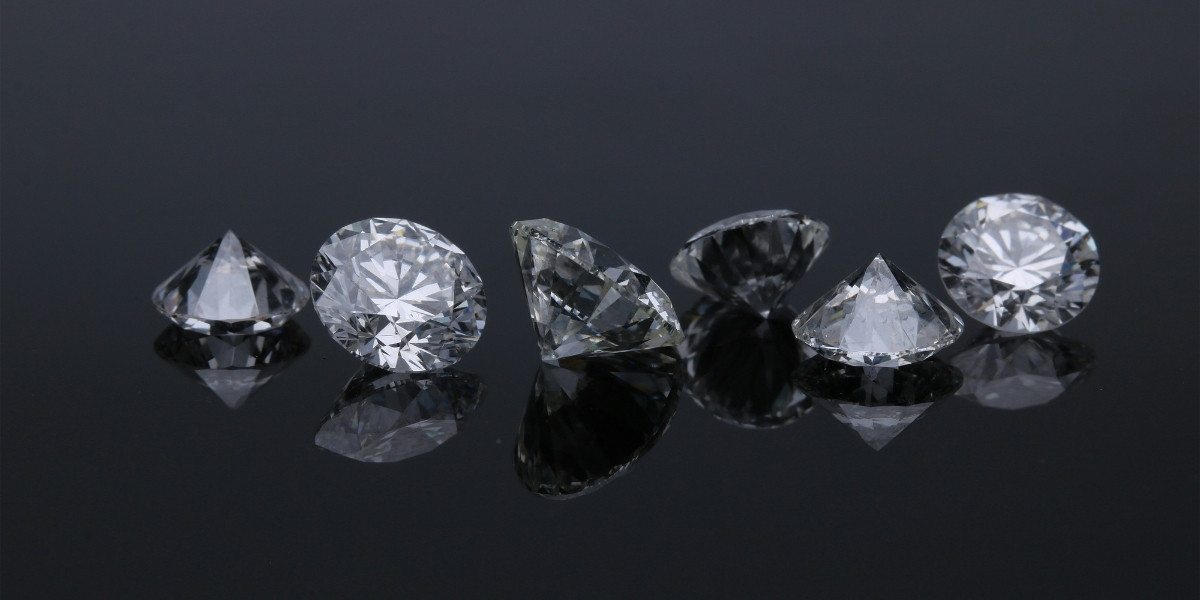The U.S. diamond industry, while not a major source of rough diamond mining, significantly impacts the national economy through various downstream activities, primarily in manufacturing, wholesale, and especially retail. This sector is a crucial component of the luxury goods market, influencing consumer spending patterns, supporting a substantial workforce, and contributing to trade balances. Its economic footprint extends far beyond the sparkle of a finished gem, encompassing a complex supply chain that touches various segments of American commerce.
Read Also: Why Northern Jewelry Stands Out in Craftsmanship
The industry’s dynamism is currently shaped by evolving consumer preferences, the rise of lab-grown diamonds, and global economic conditions. Despite not being a primary mining nation, the United States stands as the world’s largest consumer of natural diamond jewelry, making its retail market a powerful driving force for the global diamond trade. Understanding its multifaceted contributions provides insight into a sector that, despite external challenges, remains a significant economic contributor within the U.S. landscape.
What Are the Primary Economic Contributions of the U.S. Diamond Industry?
The U.S. diamond industry’s primary economic contributions stem largely from its robust retail and wholesale sectors, rather than extensive domestic mining. While there are some historical and recreational diamond prospecting sites, commercial-scale natural diamond mining is minimal in the United States. Instead, the nation acts as a major importer of rough and polished diamonds, which are then processed, distributed, and retailed across the country. This strong consumer demand fuels significant economic activity, with annual U.S. jewelry sales, a substantial portion of which includes diamonds, reaching tens of billions of dollars.

Photo Credit: Unsplash.com
This substantial retail activity supports a vast network of businesses, from independent jewelers to large chain stores and burgeoning e-commerce platforms. These businesses, in turn, generate considerable tax revenues, stimulate local economies, and create a significant number of jobs. The trade of diamonds also contributes to U.S. import and export figures, affecting the overall balance of trade. Furthermore, the industry indirectly supports related sectors such as marketing, logistics, and security, broadening its economic reach.
How Does the U.S. Diamond Retail Market Drive Economic Activity?
The U.S. diamond retail market serves as a pivotal engine for economic activity, largely due to strong consumer demand for diamond jewelry, particularly for engagement rings and celebratory gifts. The cultural significance of diamonds in American traditions ensures a steady flow of purchases, making the U.S. the largest consumer market globally. This consistent demand translates into substantial sales volumes for retailers, which directly contributes to the nation’s Gross Domestic Product (GDP).
Retail sales of diamond jewelry stimulate the entire supply chain, from global manufacturers and cutters to domestic wholesalers and local jewelers. These transactions generate revenue that is reinvested into businesses, pays wages to employees, and creates opportunities for expansion and innovation within the industry. The health of the U.S. retail market also influences global diamond prices and production levels, as major international suppliers adjust their output to meet American consumer trends and purchasing power.
What Role Does Employment Play in the U.S. Diamond Sector’s Economic Impact?
Employment within the U.S. diamond sector plays a vital role in its overall economic impact, providing livelihoods for a diverse range of professionals across the country. While mining jobs are limited, the downstream segments—including wholesale, cutting and polishing (especially for specialized diamonds or lab-grown), jewelry manufacturing, and particularly retail—are significant employers. Thousands of Americans work in jewelry stores, design studios, manufacturing facilities, and related support services, contributing to the national workforce.
These jobs encompass a wide array of skills, from gemologists and diamond setters to sales associates, marketing specialists, and administrative staff. The wages and salaries earned by these employees contribute to household incomes, which in turn fuels consumer spending in other sectors of the economy. Additionally, vocational training programs and educational institutions focused on gemology and jewelry arts contribute to human capital development, further strengthening the skilled labor force within the industry.
How Do Lab-Grown Diamonds Influence the U.S. Diamond Industry’s Economy?
The emergence and increasing acceptance of lab-grown diamonds (LGDs) are significantly influencing the U.S. diamond industry’s economy, introducing new dynamics in supply, demand, and pricing. LGDs offer a more affordable and often more ethically transparent alternative to natural diamonds, appealing particularly to younger, socially conscious consumers. This shift in consumer preference has led to a notable increase in the market share for LGDs, impacting traditional natural diamond sales.

Photo Credit: Unsplash.com
The rise of LGDs has spurred investment in technological advancements for their production, cutting, and polishing within the U.S., fostering innovation and creating new manufacturing jobs. While it presents competition for the natural diamond sector, it also expands the overall diamond market by making diamond jewelry accessible to a broader consumer base. The industry is currently navigating how to market both natural and lab-grown diamonds effectively, adapting business models to cater to diverse consumer demands and maintaining economic stability amidst evolving market trends.
What Challenges and Future Trends Impact the U.S. Diamond Economy?
The U.S. diamond industry, despite its significant economic contributions, faces several challenges and is shaped by evolving future trends. Market volatility, influenced by global economic conditions, inflation rates, and consumer confidence, directly impacts luxury good purchases, including diamonds. Price fluctuations, driven by supply-demand dynamics and increasing competition from lab-grown alternatives, pose risks to profitability for businesses across the supply chain.
Read Also: Shining Responsibly: The Sustainability Benefits of Lab-Grown Diamonds
Ethical sourcing and sustainability are also growing concerns for consumers, leading to increased demand for transparency and certification systems, which can add costs and complexity for businesses. Despite these challenges, the industry is demonstrating adaptability. Future trends indicate a continued lean towards digital innovation in retail, with e-commerce projected to capture a larger market share. The focus on customization and unique pieces, alongside the growing prominence of LGDs, suggests a dynamic future for the U.S. diamond economy, requiring stakeholders to remain agile and responsive to evolving consumer values and technological advancements.








